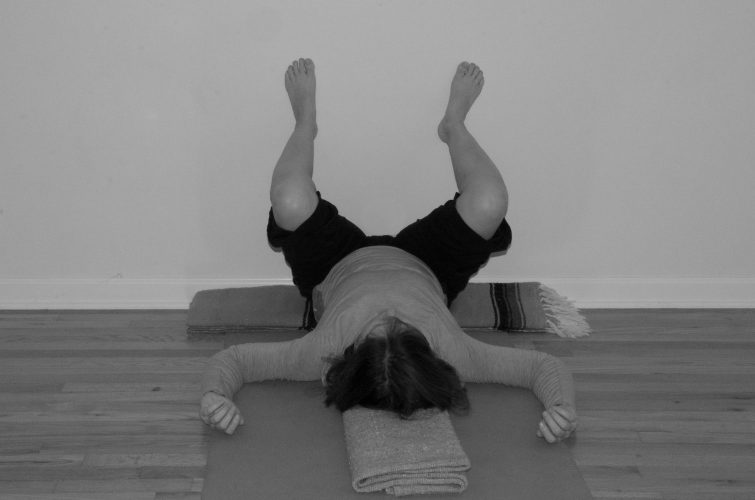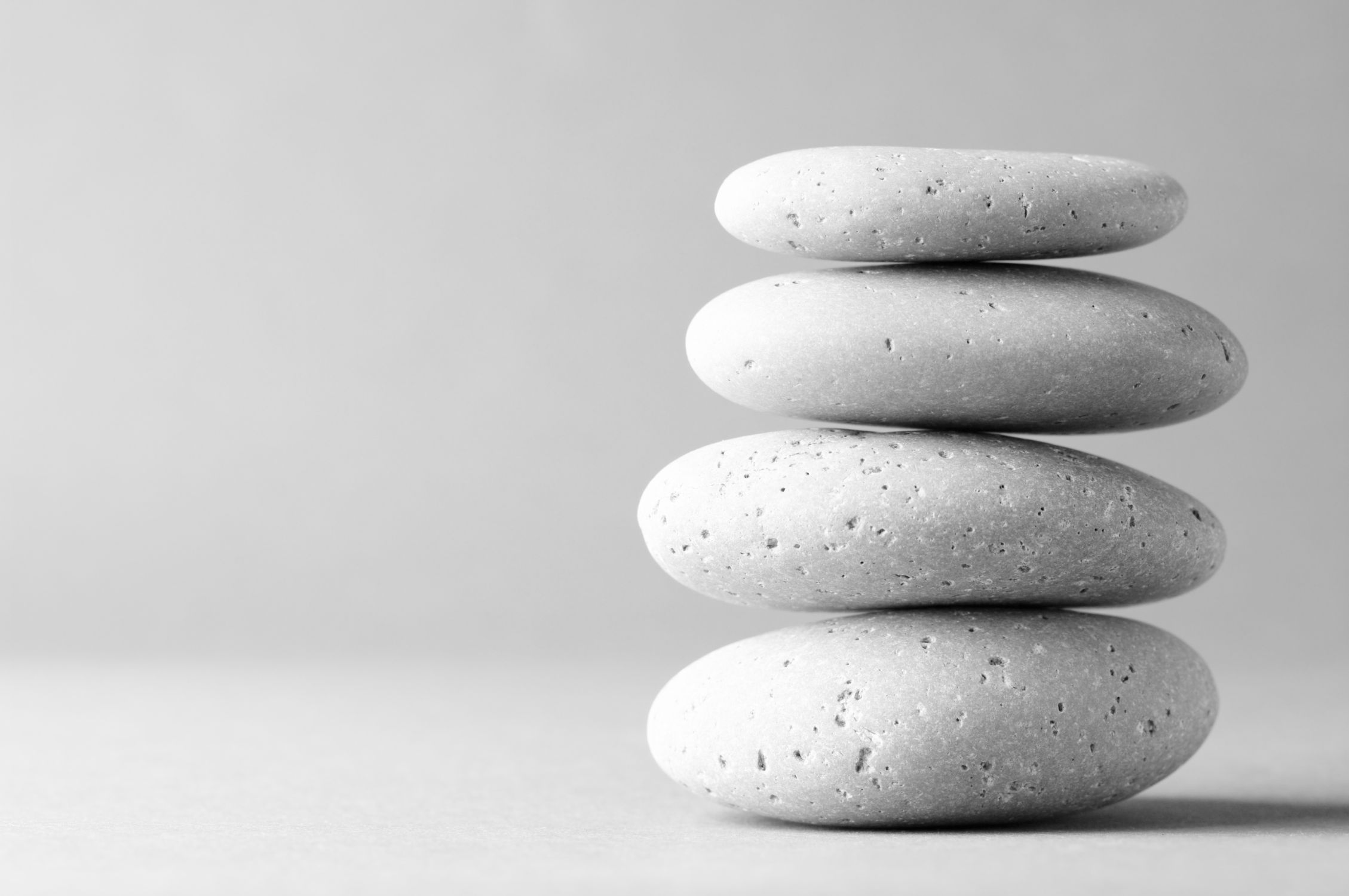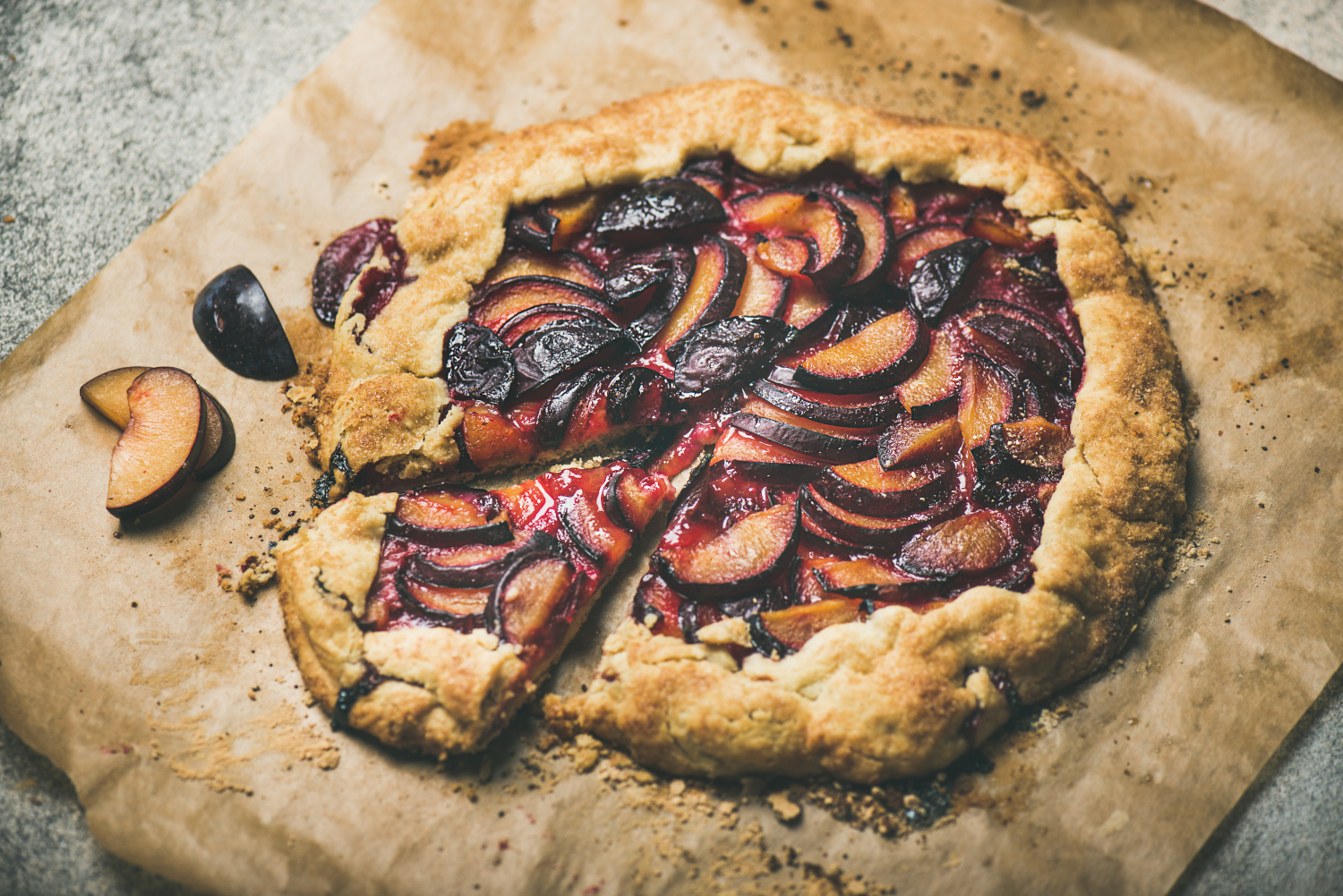Malasana, or squat, can be challenging in its traditional expression. When we move the pose to a wall, however, it opens up a lot of possibilities because we don’t have to balance ourselves if we are struggling, or worry about putting stress on the knees. Doing this at the wall gives us the freedom to move as close or away from the wall as our hips require. It also allows us to experiment with different variations with the feet, as well as explore the space between the feet to open the hips. Because we have support, most people will likely be able to stay at the wall for a much longer period of time, in a more passive state, as the muscular energy required is so much less than in a traditional squat. Opening the hips is also helpful for increasing digestion, which allows the nervous system to not have to work as hard.














